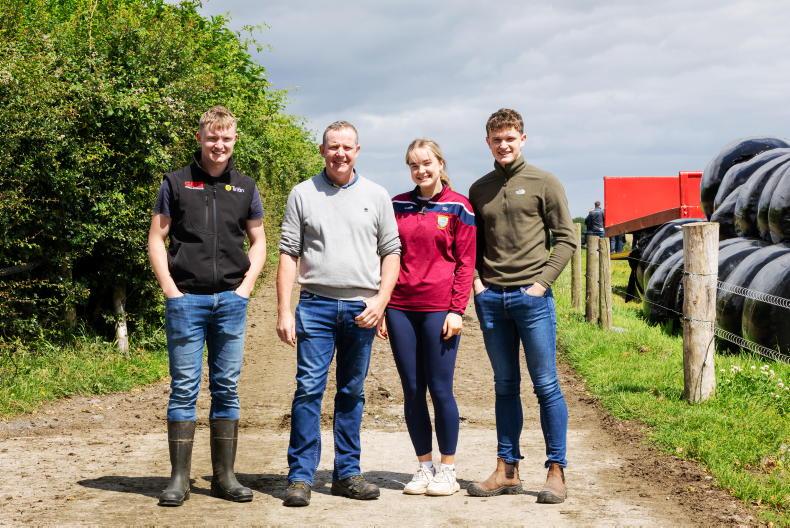Benefits of multispecies swards and the results of ongoing trials were detailed at Johnstown Castle, Co Wexford last month at the Farming for Soil Health open day.
Multispecies swards contain a mixture of specifically selected species from grass, legume and herb functional groups.
They usually include a mix of ryegrass, clover, chicory and plantain.
Research so far has shown that multispecies swards offer increased yields with lower fertiliser N, high forage quality and good animal performance in comparison to perennial ryegrass, according to Teagasc.
Some other benefits include: weed suppression, a food source for pollinators, increased earthworm activity, improved soil water infiltration, decreased greenhouse gas emissions, reduced nitrate leaching from soils and enhanced drought tolerance through deeper rooting depths.
Research from trials carried out at Johnstown Castle show that perennial ryegrass (PRG) swards have more annual herbage at 15 tonnes (t) DM/ha, in comparison to multispecies swards, which grow 14.2t DM/ha.
However, they received 73kg of N/ha in terms of chemical N, whereas the PRG sward received 195kg/ha.
This is a significant decrease in artificial N use and is one of the biggest benefits of the sward.
In terms of milk production, according to Teagasc, milk production was similar for both PRG and multispecies swards. These results are from the first two years of a long-term study, with further work to focus on sward persistency.
According to Teagasc, a well-managed clover content in the multispecies sward (20-50%) can allow you to cut mineral fertiliser application by more than half in summertime, at a time when it is critical for greenhouse gas emissions.
Plantain and chicory will also work to avoid losses of nitrogen (N) on the farm, resulting in reduced leaching, better N use by animals and less emissions from urine patches.









SHARING OPTIONS